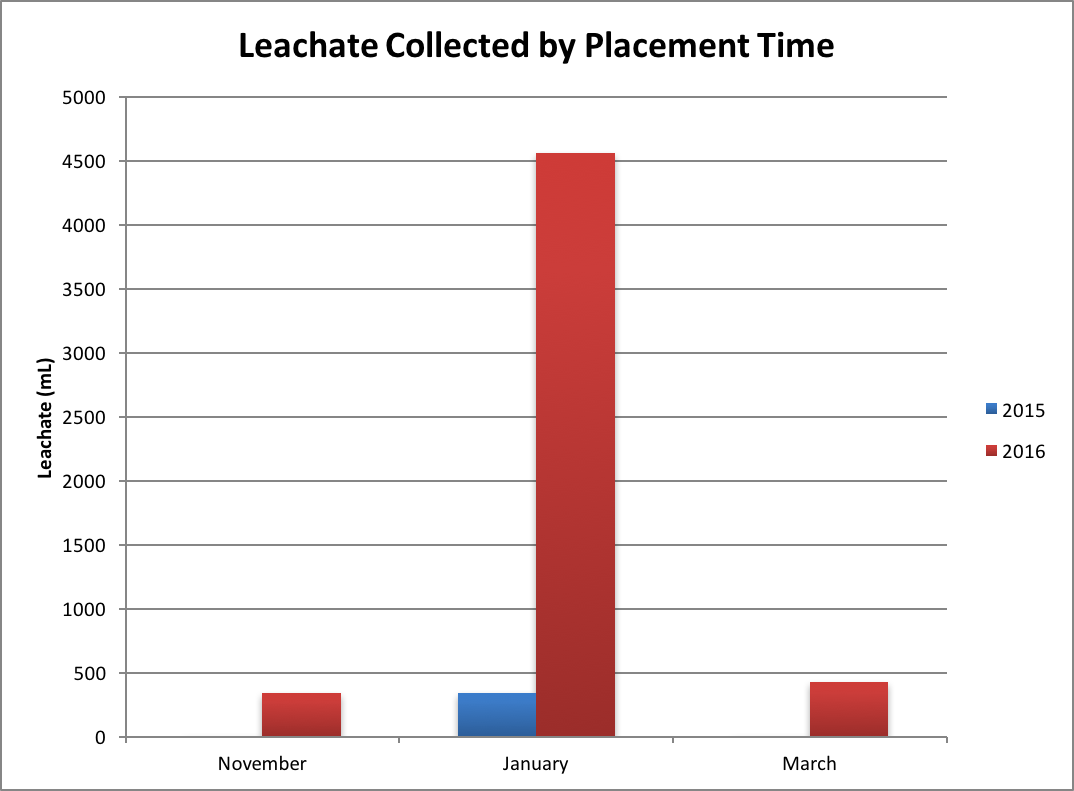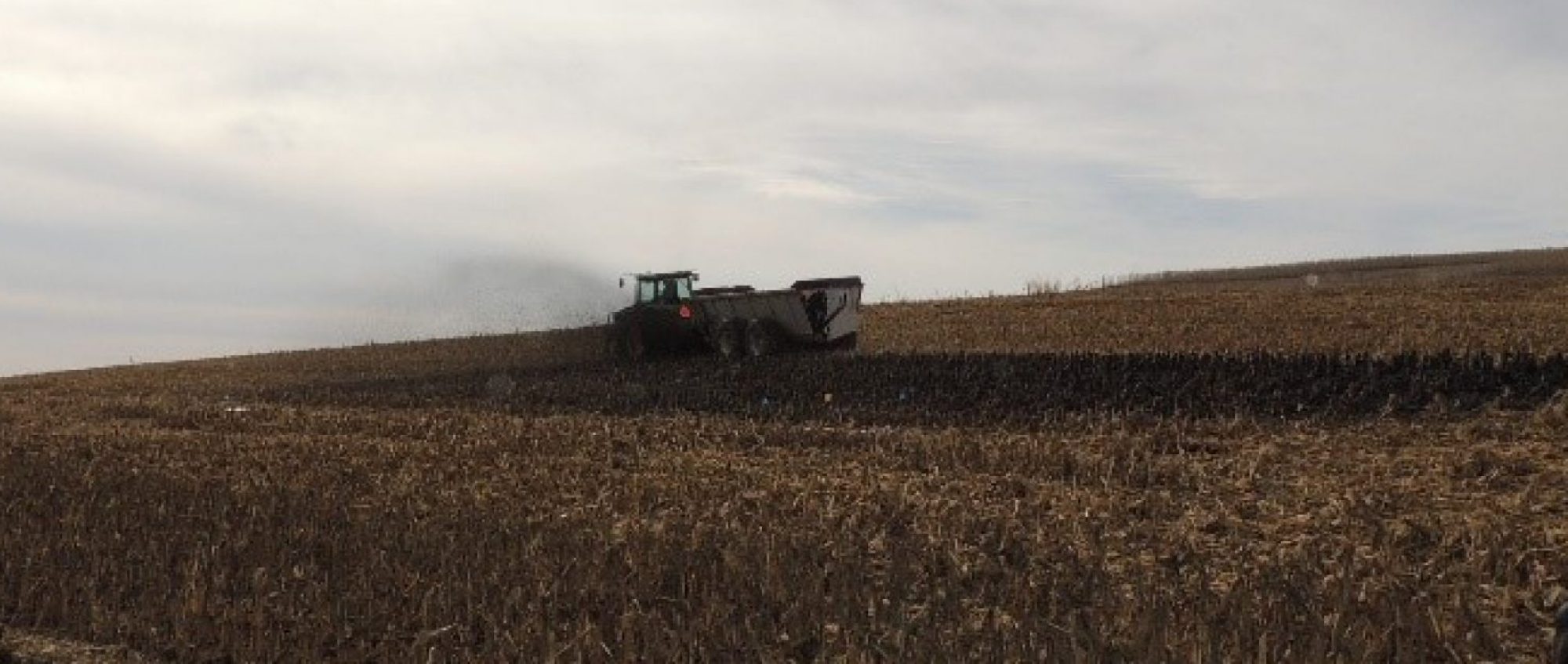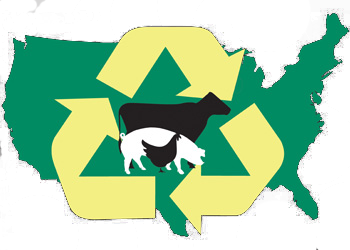Proceedings Home | W2W Home 
Purpose
Even well managed lagoons need to have sludge removed periodically. Hauling of sludge is expensive and time consuming. Drying of the sludge before hauling would greatly reduce the volume and therefore the number of trips required. This would result in both an economic and time savings. In Utah, sludge drying is currently not permitted due to the potential for groundwater contamination since it is considered a liquid.
What did we do?
Two studies examined leaching under sludge drying and manure staging areas. The first study compared the leachate under a sludge drying area (liquid manure), versus the leachate produced under a manure staging area (solid manure). Both treatments were placed in the field in July. The second study compared manure staging areas with manure placed at three different times (November, January, and March) and two different bedding materials (straw, no straw).
Leachate was collected by means of zero-tension lysimeters installed under the sludge drying and manure staging areas and analyzed for ammonium nitrogen using Method 10-107-06-2-O and nitrate nitrogen using Method: 10-107-04-1-C on a Lachat FIA analyzer. Soil samples were taken to a depth of 90 cm and analyzed for nitrate nitrogen using Method 12-107-04-1-F on a Lachat FIA analyzer.

Total leachate collected under winter manure staging areas by manure type.

Total leachate collected under winter manure staging areas by placement time.
What have we learned?
The sludge dried in 8-10 weeks. Observed volume reduction for the July applications was 81.1% and 35.7% for the sludge and manure piles, respectively. Leachate under the sludge drying areas tended to seal off quickly producing little leachate after the initial leaching event. Likewise, there was little leachate under the manure staging piles placed in July. Significant leachate was produced under the manure staging piles placed during the winter months, with the manure with no straw (sand bedding) producing more leachate than the manure with straw (straw bedding). Preliminary results indicate that sludge drying produces less leachate than a manure staging area placed at the same time, and much less leachate than manure staging areas placed during the winter months.
Future Plans
We plan to continue this study and report the findings to the Utah Division of Water Quality. The results of this study and another study examining sludge drying in southern Utah will likely be used to revisit the decision as to whether or not sludge-drying should be allowed in Utah.
Corresponding author, title, and affiliation
Rhonda Miller, Ph.D.
Corresponding author email
Other authors
Mike Jensen, Trevor Nielson, Jennifer Long
Additional information
Website: http://agwastemanagement.usu.edu
Acknowledgements
The authors gratefully acknowledge support from Utah State University Experiment Station.

